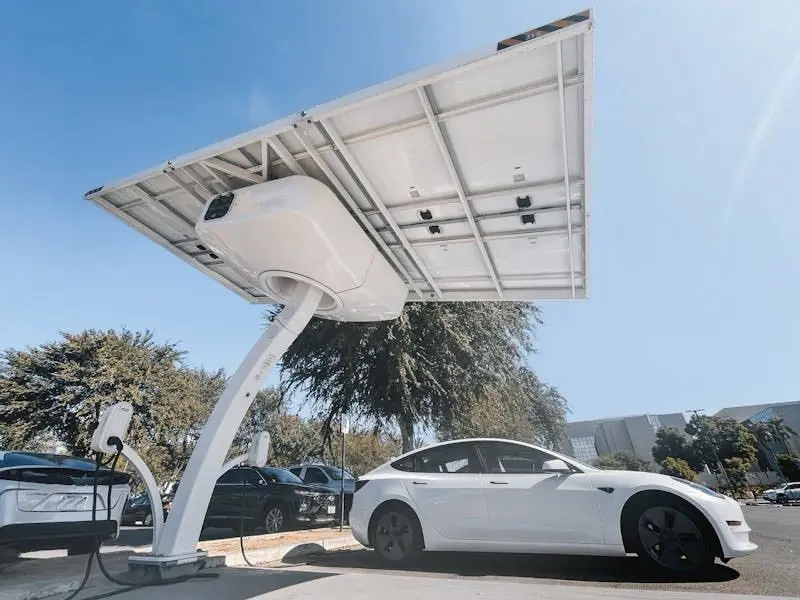- CEO Elon Musk confirmed that the mobile connector kit will no longer be included as a complimentary accessory with new Tesla purchases.
- Tesla’s decision to exclude chargers reflects a strategic focus on offering premium electric vehicles at competitive costs while simplifying the customer experience.
- Tesla owners are encouraged to explore alternative charging options, such as public charging stations, home charging solutions, and third-party services, to meet their charging needs effectively.
In an effort to streamline the manufacturing process and reduce costs, Tesla has made a significant change by no longer including a charger with the purchase of a new vehicle. This decision marks a shift in the way Tesla owners charge their electric vehicles, prompting them to re-evaluate charging solutions and infrastructure. As Tesla owners go through this shift, the focus will shift to exploring alternative charging solutions and optimising charging methods to ensure a seamless and efficient charging experience even in the absence of a standard charger.
Chargers no longer available for new Teslas
The included level 1 charger is not included when you buy a new Tesla car. Although you may purchase one, it would probably be wiser to use the money for a quicker charger. With its large lithium-ion battery capacity, Tesla has become the most well-liked electric vehicle in the United States.
Tesla’s high-capacity lithium-ion batteries have made its cars the most popular electric vehicles in the US. In 2021, Tesla sold almost one million vehicles, and those who bought one received a free “mobile connector” charging kit. This kit includes a standard NEMA plug, a 20-foot cord, and a storage bag. The level 1 charger connects to a 120v outlet and can add 2-3 miles of capacity per hour.
The kit is currently listed for $400 on Tesla’s site but is expected to drop to $200 soon. Tesla has boosted prices several times in the past year, and the mobile connector is no longer listed as an included accessory. CEO Elon Musk confirmed that the kit will no longer be provided for free, meaning that a new battery-powered car will not come with a way to charge the battery.
Also read: Former Twitter, Tesla engineers launch Particle, an AI news reader
Streamline processes
Tesla decided to remove chargers from the normal equipment that comes with buying a new car; therefore, they are no longer accessible for new Teslas. The purpose of this modification was to lower expenses and simplify the production process. Tesla intends to streamline the customer experience throughout the purchase process and concentrate on offering premium electric vehicles at competitive costs by leaving the charger out of the bundle.
Alternative charging options, such as public or home charging stations, including Tesla Superchargers, are still available to Tesla owners for charging their cars. Although owners of new Teslas would need to purchase additional charging equipment due to the lack of a charger, this gives them greater freedom to select the charging option that best suits their requirements and tastes.
Also read: Elon Musk’s $56B Tesla compensation voided, shares slide
Evaluating charging infrastructure
Since new vehicles do not come with chargers, understanding the availability and accessibility of charging facilities, including public charging stations, home charging options, and third-party solutions, is critical to ensuring a seamless charging experience.
Public charging station
Tesla owners rely on public charging stations, such as Tesla Superchargers and other networks, for on-the-go charging needs, especially during long-distance travel. Assessing the distribution and density of these stations across different regions helps owners plan their routes effectively and ensure access to fast and convenient charging solutions.
Home charging options
With the absence of a standard charger, investing in a home charging solution becomes a primary consideration for Tesla owners. Evaluating the feasibility of installing a home charging station, such as the Tesla Wall Connector, and understanding the electrical requirements and installation process are key factors in enhancing the convenience and accessibility of charging at home.
Third-party charging solutions
Exploring third-party charging solutions, such as charging networks and services outside of Tesla’s ecosystem, provides additional options for Tesla owners to access charging facilities.

